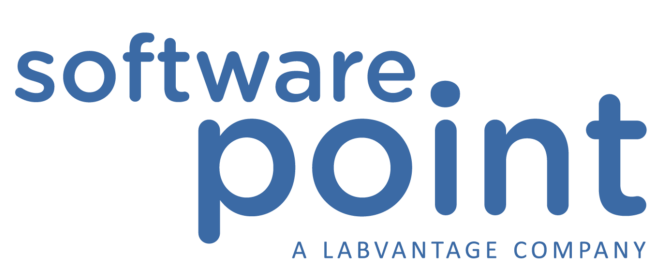2. Oct 2015 | Tags: Cost of LIMS

Guest posting – published with the permission of Siri H. Segalstad
COST OF LIMS – Part 2 of 3
In her previous blog, Siri wrote about building or bying a LIMS. Read further to learn more about the cost of LIMS!
It is difficult to calculate if a LIMS is cheaper than a paper-based laboratory. This is a cumbersome assessment which needs to be done in each case if cost is main consideration for implementing LIMS. Daily use without LIMS includes how much time is spend on writing (and often also finding) the lab notebooks and logbooks, performing calculations, writing results on results documents, controlling results and other items, and transferring the data from one medium to the other, and finally to the Certificate of Analysis.
Daily use with LIMS will definitely reduce labor time for these items. However, in order to get a workable LIMS system, a lot of time has to be spent implementing the static data, also called template data, into the LIMS. A LIMS is generally bought without any static data, and even the smallest measure unit has to be entered. It is possible to calculate the time spent on implementation, and the chosen supplier can definitely help using his experience. Implementation time depends on the number of instruments, products, laboratories, etc., that shall be implemented.
Initial costs: C+ I
Where
C = Cost for the purchase of the system, included the supplier’s implementation time
I = Internal training time, and implementation and validation time cost for the system itself and for all items to be implemented in LIMS. These are the implementation expenses until the system is taken into use. Any changes after the implementation phase will be included in the Maintenance of the system.
Annual cost/benefit: M + L + Tn – To
Where:
M = Maintenance cost per year for changes, qualification / validation, error handling, backups, helpdesk, etc.
L = License for the LIMS system. This is typically calculated as a percentage of the initial cost per year, and depends on the number of concurrent users.
Tn = Cost of time spent by using the new LIMS
To = Cost of time spent by using the old (paper-based) system. Tn and To can be calculated from an average batch type (or per time if a continuous process is used, e.g. oil refinery), and multiplied with number of batches (or time units) per year.
It would be simple if this was the whole story, but it is not. A LIMS will generally add quality to the products, by flagging problems, forcing people to do things in correct sequence and in the correct way. The cost of discarded products, recalled products, etc., is possible to measure if the numbers exist. It is more difficult to assess the value of potential loss of reputation due to bad quality.
The purchase price + license are the only items with a real price tag, and that is often what the boss wants to know. You usually pay for each hour the supplier sits in a meeting with you after the sales phase, but you may also have many of your own people in that meeting, usually at a much higher cost.
Another problem is that implementation of LIMS usually includes changes in work procedures, responsibilities, and a lot of other things. This may influence on both the old and the new ways of working as well as the quality of the result.
In heavily regulated industries like the pharmaceutical, the quality is more important than the actual monetary Return Of Investment (ROI). For most industries quality is an issue, and LIMS definitely helps ascertain the quality by flagging everything that is wrong – provided you have set that up in the LIMS. That includes e.g.:
- instruments with calibration and maintenance cycles
- chemicals in use in the lab with their expiration dates, bar coded to make sure that the correct chemical is used
- limits for instruments and analytical methods entered
- and of course sample specifications
- and potential other items that shall be checked before the sample is approved and released.
Part 3 of Siri´s blog on Cost of LIMS will follow soon!
Writer:

Siri H. Segalstad, Segalstad Consulting AS

